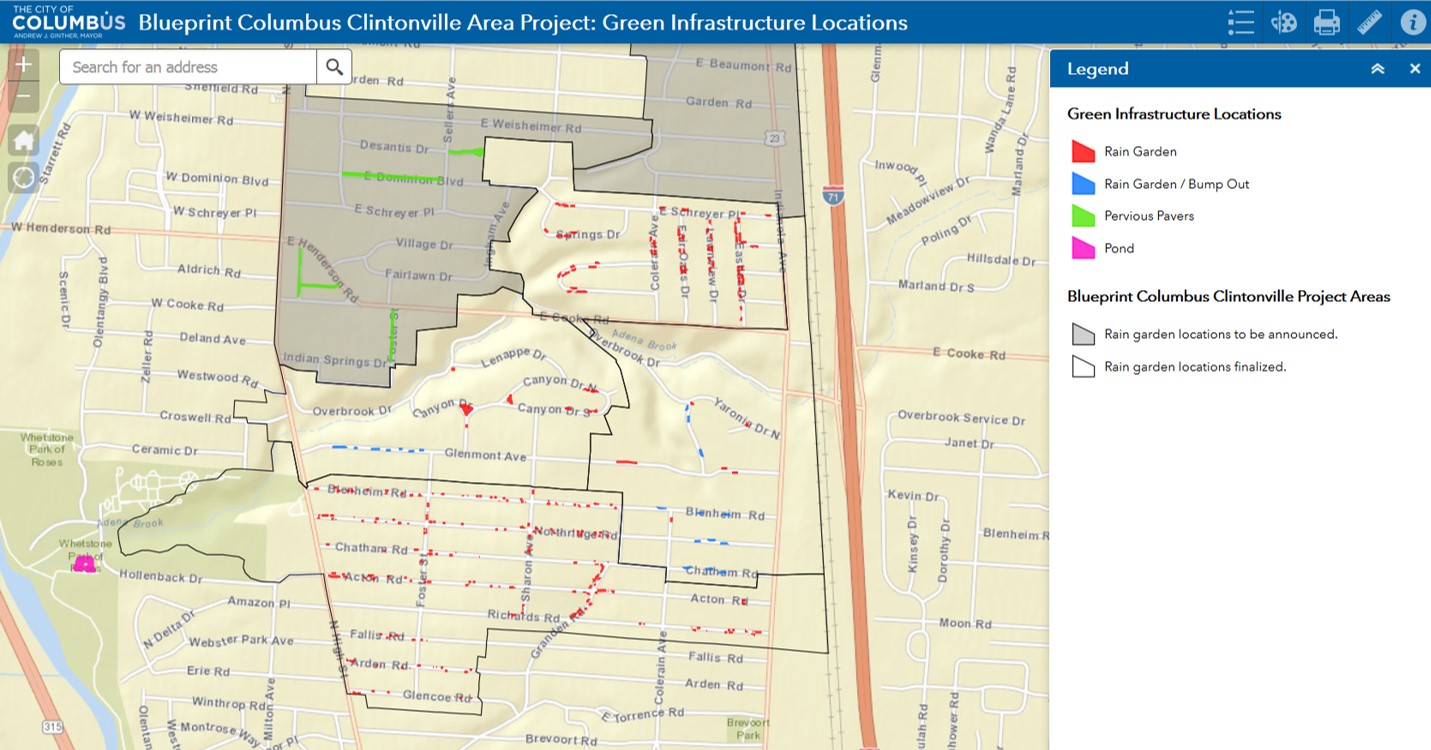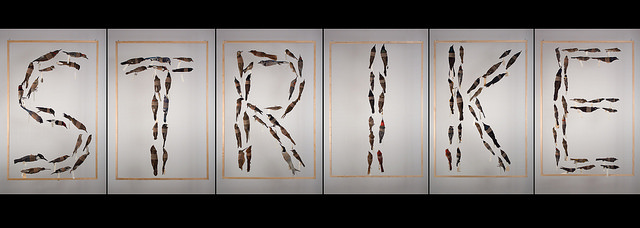Rain gardens have proven to be a useful tool to mitigate stormwater run-off in cities. They are depressions on the side of the road or sidewalk with plants that absorb rainfall and prevent water from picking up pollutants and carrying them to the nearest stream. The plants and soil also filter the water. But this is not the only service rain gardens provide, the diversity of plants used in them increases habitat for many animals. Many insects and spiders are drawn to the local plants and they in return attract birds and small mammals. Rain gardens can provide nice shelter for these animals too.
As part of project “BluePrint” the City of Columbus plans to install some 500 rain gardens in the Clintonville area to manage stormwater runoff. Dr. Jay Martin, Professor of Ecological Engineering at OSU joined the project to holistically quantify the impacts of stormwater green infrastructure on societal services such as stormwater management, public health, community behavior, economics, and wildlife habitat. Dr. Martin’s PhD student David Wituszynski focuses on the animal aspect and recently contacted the Borror lab to discuss his research idea. David wants to test the hypothesis that implementation of such a large network of rain gardens will increase the diversity of urban bird species.
Specifically, he wants to develop automated acoustic methods to track urban bird populations. He will deploy SongMeters, automated recordings units, and program them to record surrounding sounds at certain times of the day. It is easy to record thousands of hours of bird and insect sound, but one needs to analyze them afterwards and identify vocalizing species.
This takes us back to the problem of automated sound recognition raised in Monday’s post. Dr. Martin and David are collaborating with Don Hayford from Columbus Innovation Group who will develop techniques to filter out background noise (such as human voices, machinery, cars, barking dogs – all familiar sounds to our neighborhoods) and produce files of target sounds that can then be analyzed with existing software.
My role will be to provide reference sounds for the software as we need to train the software to recognize known vocalizations of local bird species. This is not an easy task because some bird species have quite varied vocalizations. Our large and diverse archive of sound recordings will come in handy, we have many recordings of local Ohio species. These should cover most of their diverse vocalizations. Our goal is to build classifiers that automatically recognize and label species in the recordings.
We have just submitted a grant application to help us fund some of this research. The first SongMeters will be deployed this fall and we will start monitoring the areas to get a baseline level of bird activity. Come spring the city will install rain gardens in the neighborhood and we can compare our recordings before and after the installation. This certainly is a multi-year project. We will keep you updated.
Should you see a rain garden in your neighborhood, take a picture and share it on social media #BLB #raingarden #songmeter!
Further resources:
The project BluePrint was featured in the Columbus Dispatch last January!
Learn more about rain gardens in Central Ohio!
About the Author: Angelika Nelson is the curator of the Borror Laboratory of Bioacoustics at OSU and Co-PI on the project “Determining Impacts of Rain Gardens on Urban Bird Diversity” with Dr. Jay Martin, David Wituszynski and collaborator Don Hayford.





